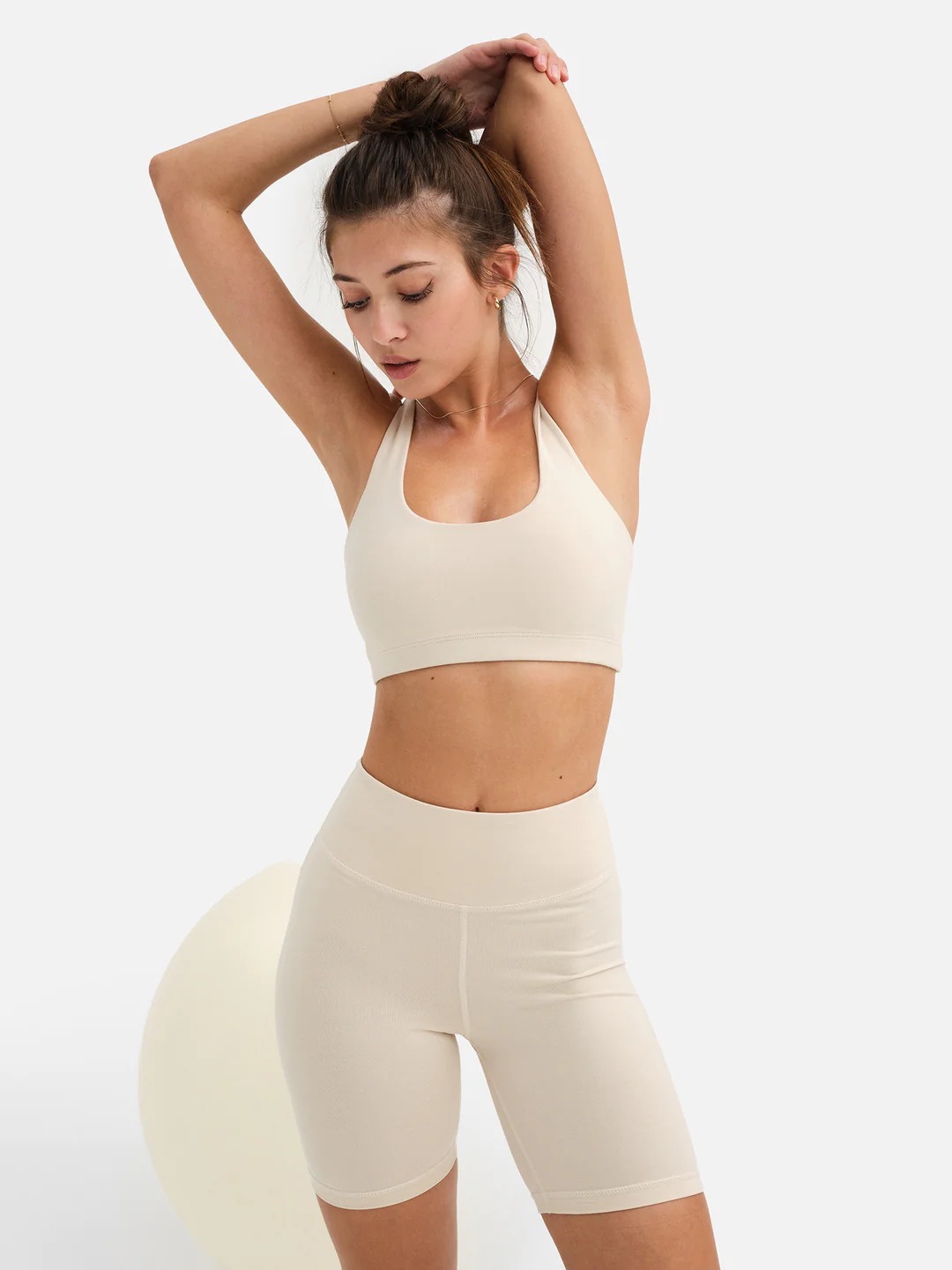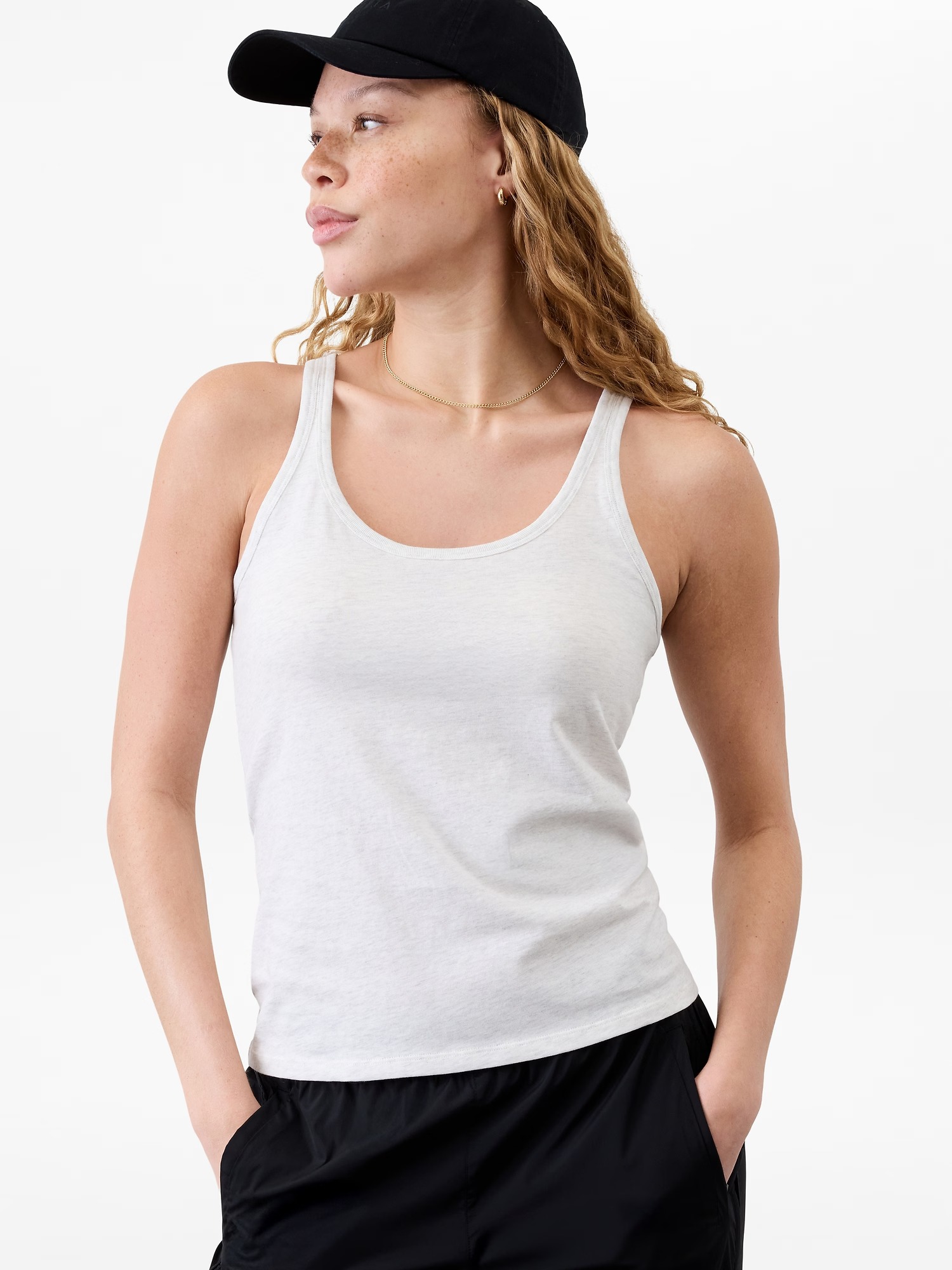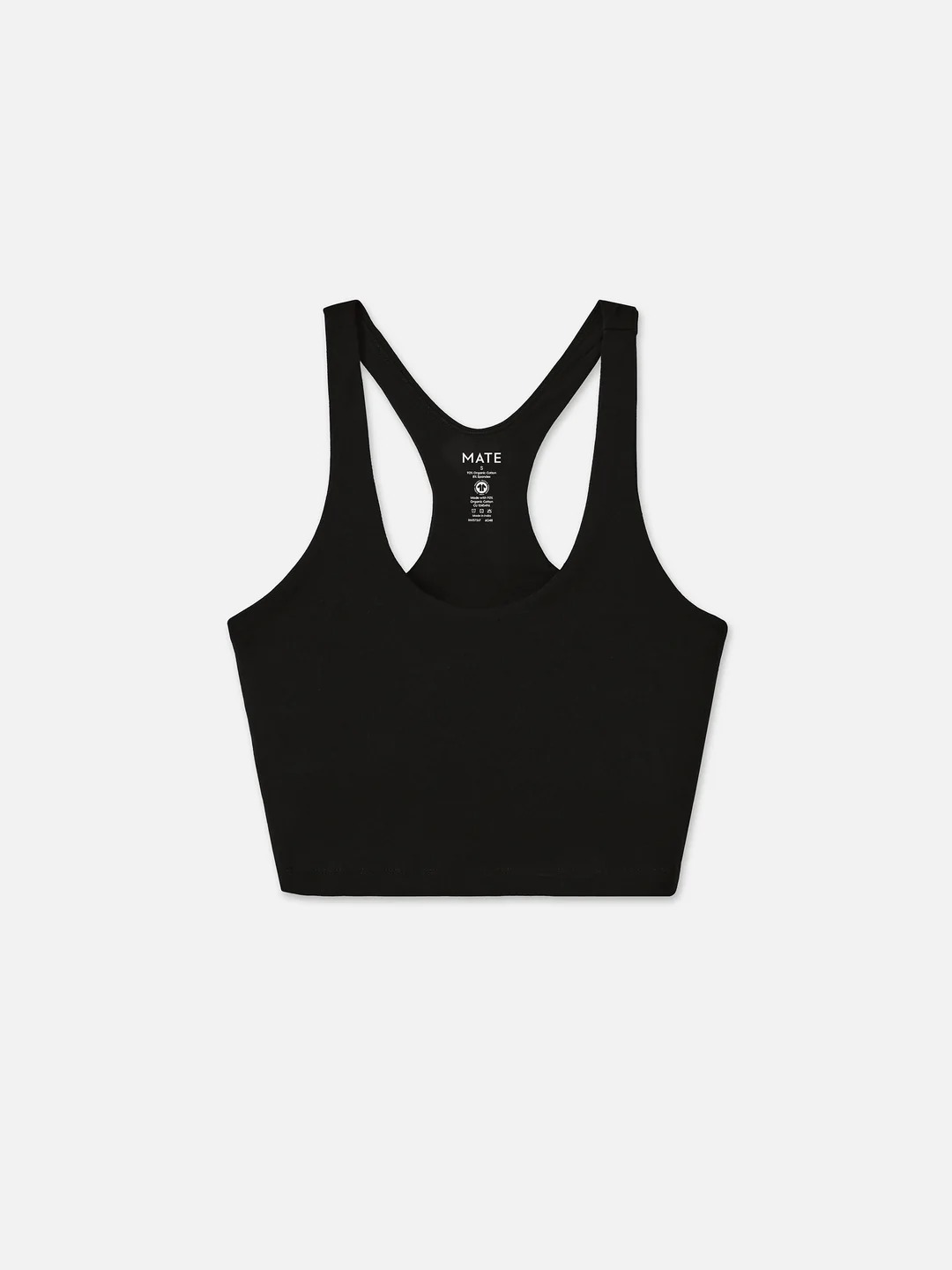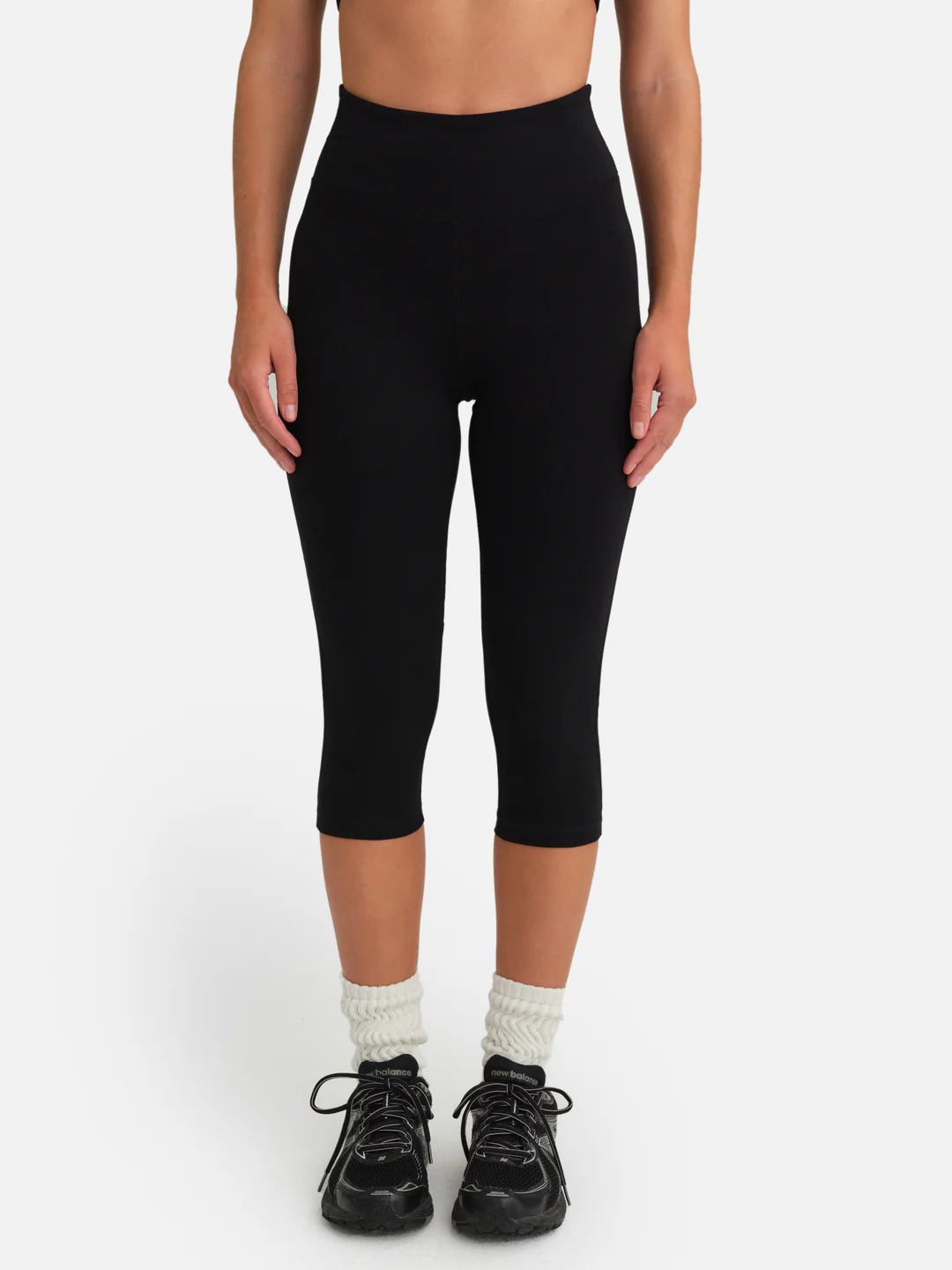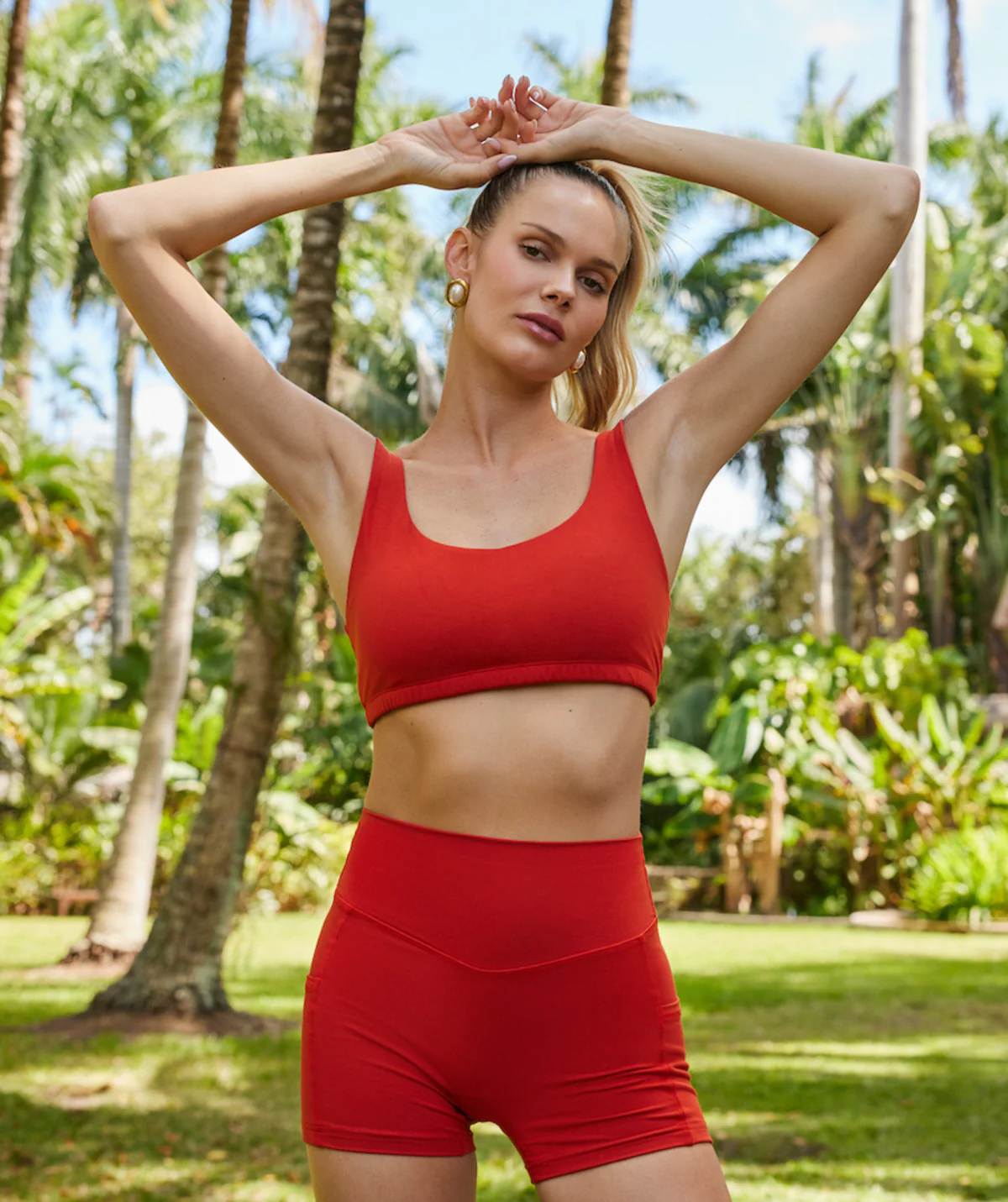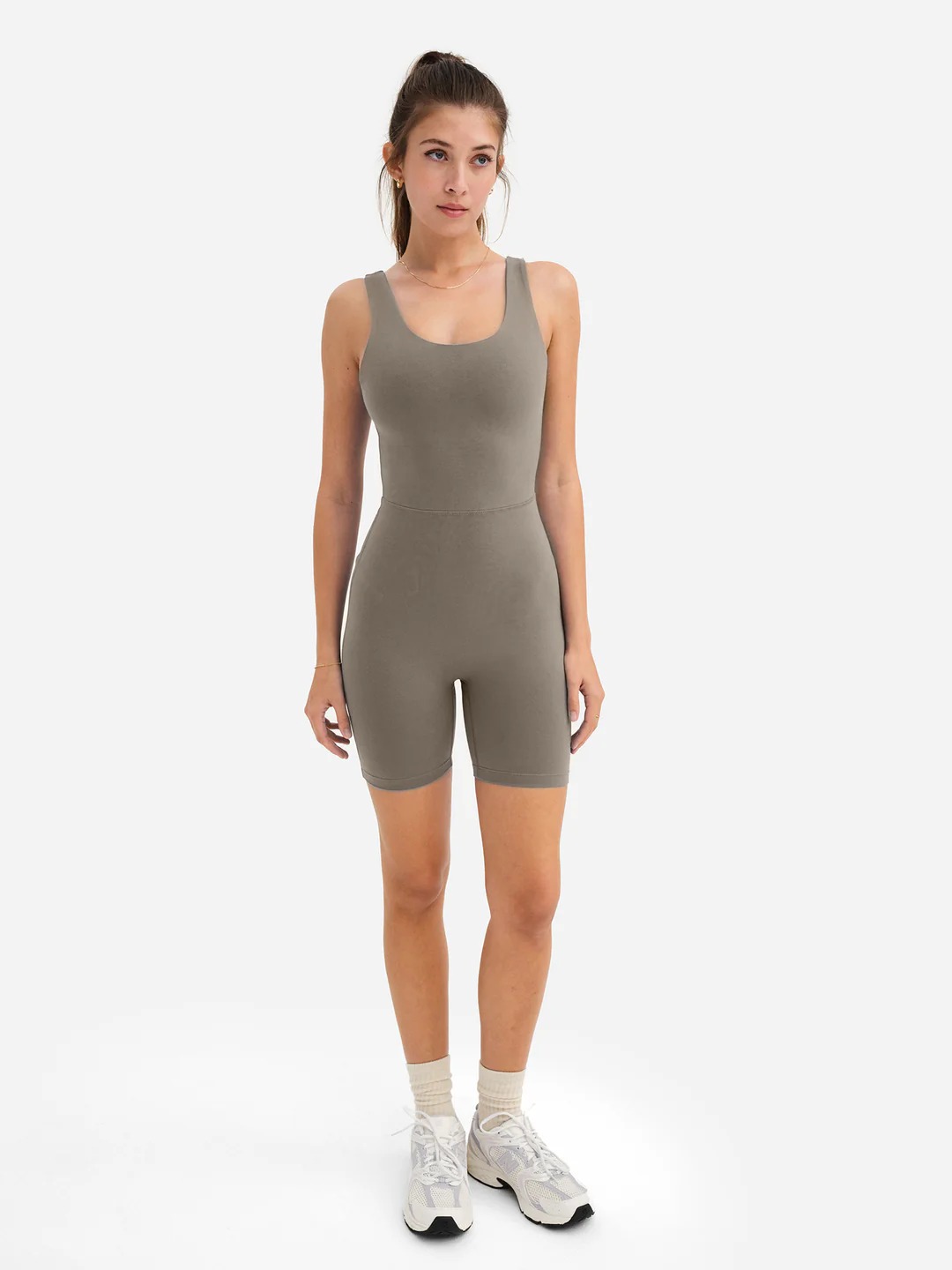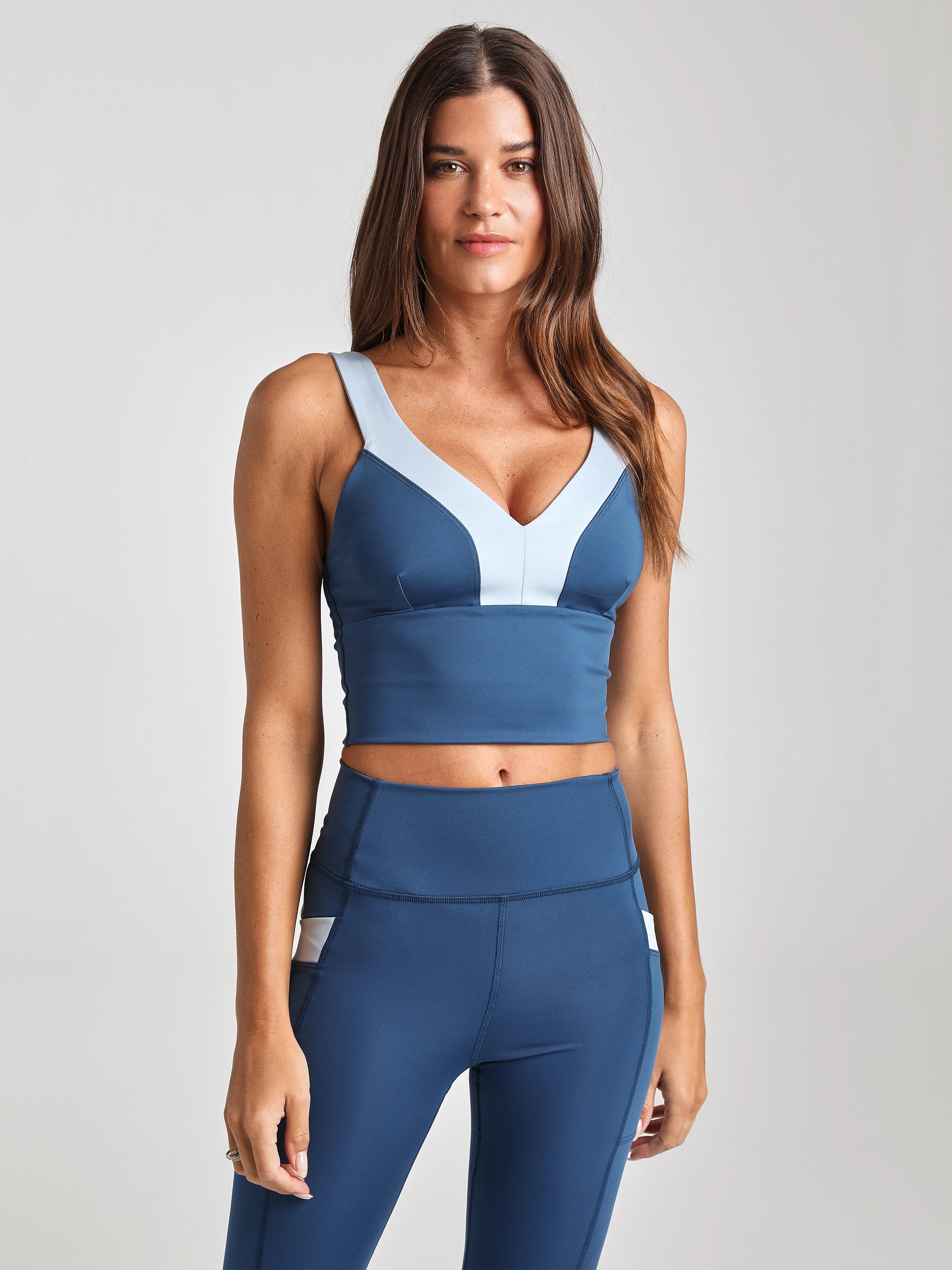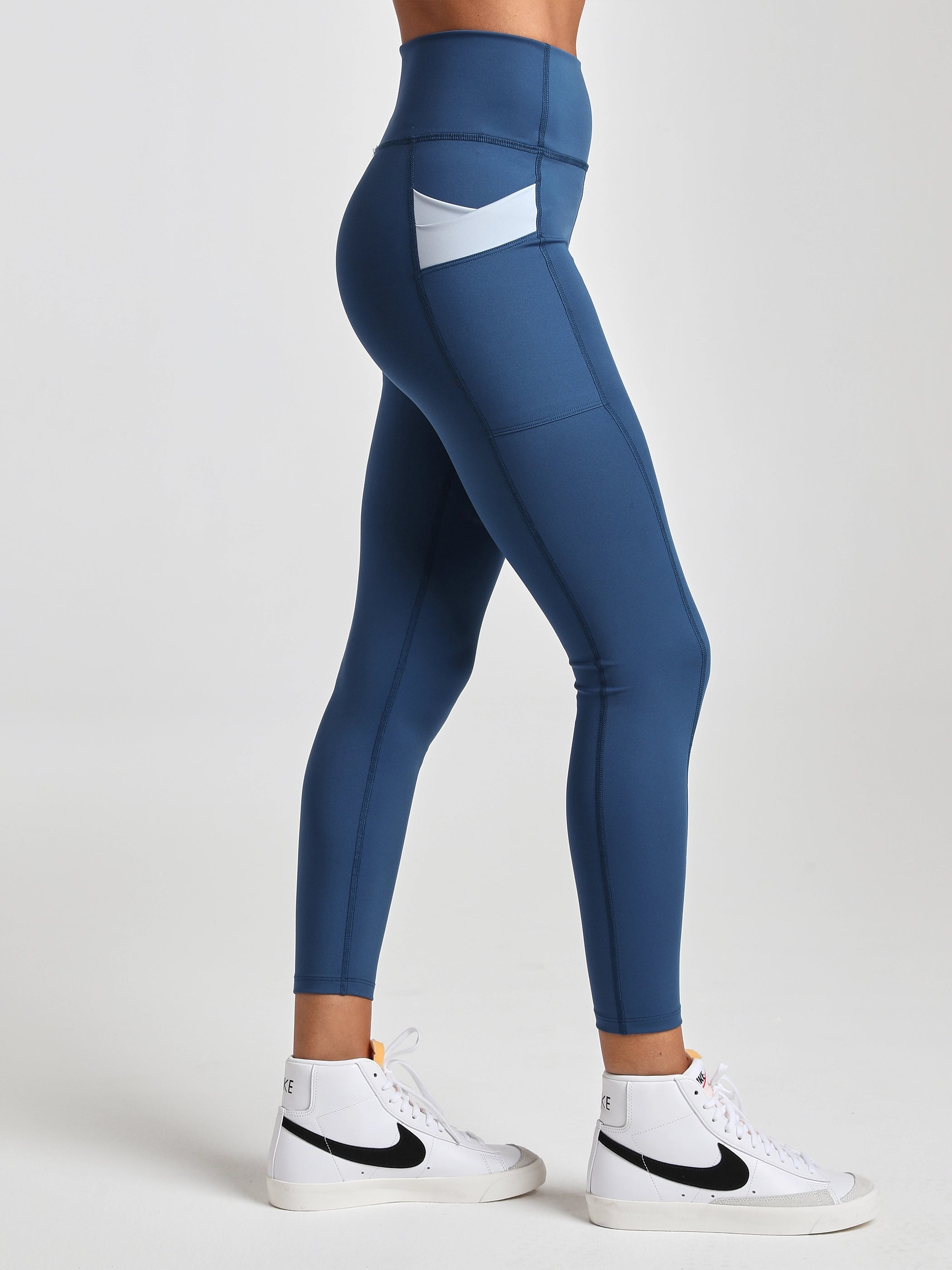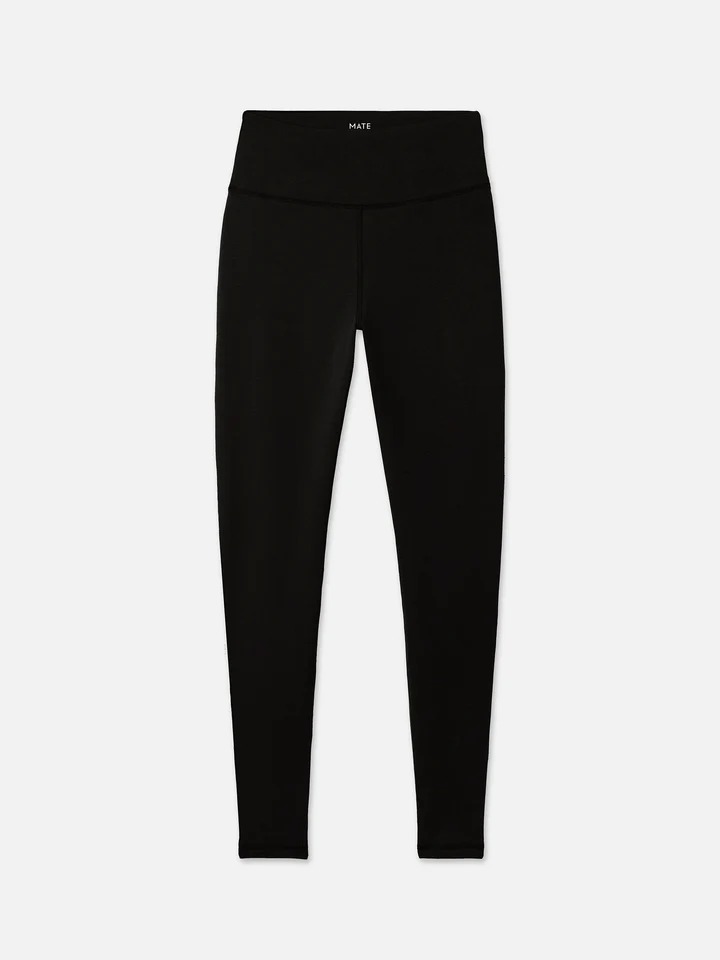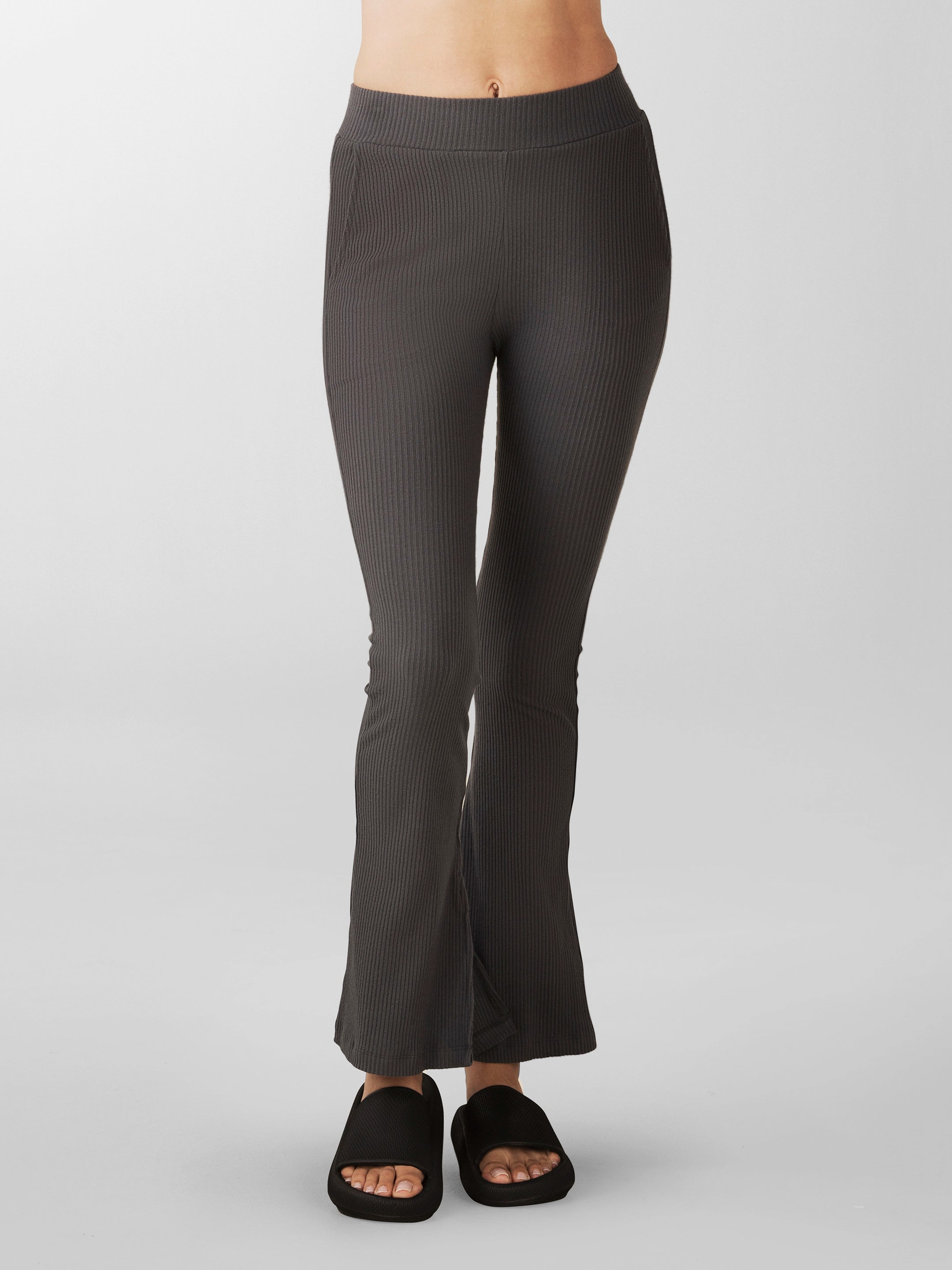It’s not just those living in L.A. or within wellness-focused “blue zones”—everywhere you look, people are becoming increasingly mindful of the products they interact with daily. From the food they consume to the skincare they apply and the cleaning products they use, consumers are embracing a cleaner, more non-toxic lifestyle. Now, this shift is reaching a new frontier: activewear. As more brands introduce non-toxic options, the question arises: Do we actually need to switch to non-toxic workout clothes, or is this another passing wellness trend?
The non-toxic activewear market is experiencing rapid growth in 2025, with expectations for a 12.5% increase from 2025 to 2030. As consumer demand for transparency and sustainability rises, more labels are delving into the eco-friendly workout clothes and disclosing the materials they use and the environmental impact of their products. While established activewear brands like Athleta are making strides with their "Sustainably Conscious" collection, which includes activewear crafted from organic cotton, recycled polyester, and other eco-friendly materials, and Reebok joins the trend with its "Cotton + Corn" line featuring organic cotton and plant-based fibers, it’s the smaller, more niche brands that are truly driving change. Labels like MATE, a Los Angeles-based company focused on organic wardrobe essentials, are going above and beyond by committing to microplastic-free athleisure that champions the environment and prioritizes consumer health in a way that some argue larger companies often neglect.

“MATE was born from a deep concern about the health implications across the fashion supply chain,” says Kayti O'Connell Carr, founder of the brand. “In 2017, I started learning about the dangers of toxins in our clothing, and that’s when we launched our Dress Clean initiative—a commitment to creating clothing with minimal environmental and health impact, from seed to skin.” Carr’s vision was simple: to build a brand rooted in transparency and health-conscious design, without relying on toxic synthetics. The result is a line of organic, GOTS-certified cotton essentials crafted with natural fibers and non-toxic dyes. MATE’s rigorous restricted substances list excludes carcinogens, endocrine disruptors, PFAS, formaldehyde, BPA, and other harmful chemicals from every production stage, from farming to garment finishing.

This commitment to non-toxic materials takes on even greater significance as research continues to highlight the serious health risks associated with chemical-laden clothing. "Our skin is our largest absorbing organ, so anything that sits against it, such as phthalates, PFAS, chlorinated paraffins, aromatic amines, will be absorbed," explains Dana Ariele, a New York City-based holistic hormone health coach. "These endocrine-disrupting chemicals (EDCs) are particularly problematic when causing friction or sweating during exercise. At this time, the pores on the skin are open, and the EDCs can leach into the body."
"Once in the body, these chemicals affect hormone signaling by interfering with synthesis, metabolism, and hormone binding—specifically those that regulate the HPG (hypothalamic-pituitary-gonadal) axis," Ariele explains. "Phthalates, for example, are antiandrogenic, which can lead to issues such as impaired sperm production, reduced ovarian reserve, menstrual irregularities, and an increased risk of infertility. Also, PFAS have been linked to altered menstrual cycles, thyroid dysfunction, and adverse pregnancy outcomes."

Recent research also suggests that the risks of wearing synthetic activewear go beyond reproductive and endocrine health. “Studies now indicate that microplastics are also showing up in organs, including the brain, heart, placentas, and even breast milk,” Carr notes. “Moreover, dyes and processing agents found in workout clothes, such as Azo dyes, can be toxic and lead to allergic reactions and long-term toxicity in the body.”
Despite these health risk findings, the non-toxic activewear industry faces several hurdles in scaling its impact. A primary challenge is the higher cost of production. Sustainable, organic, and non-toxic fabrics, as well as dyes and finishes, are significantly more expensive to source compared to conventional synthetic materials like polyester or nylon. Arguably, the most significant challenge is that the conversation surrounding the toxins in our clothing—especially activewear—remains in its early stages. Many people may be unaware of the harmful chemicals in their workout gear or may not fully grasp the long-term health effects, leading some to view non-toxic activewear as an unnecessary expense or a passing trend.
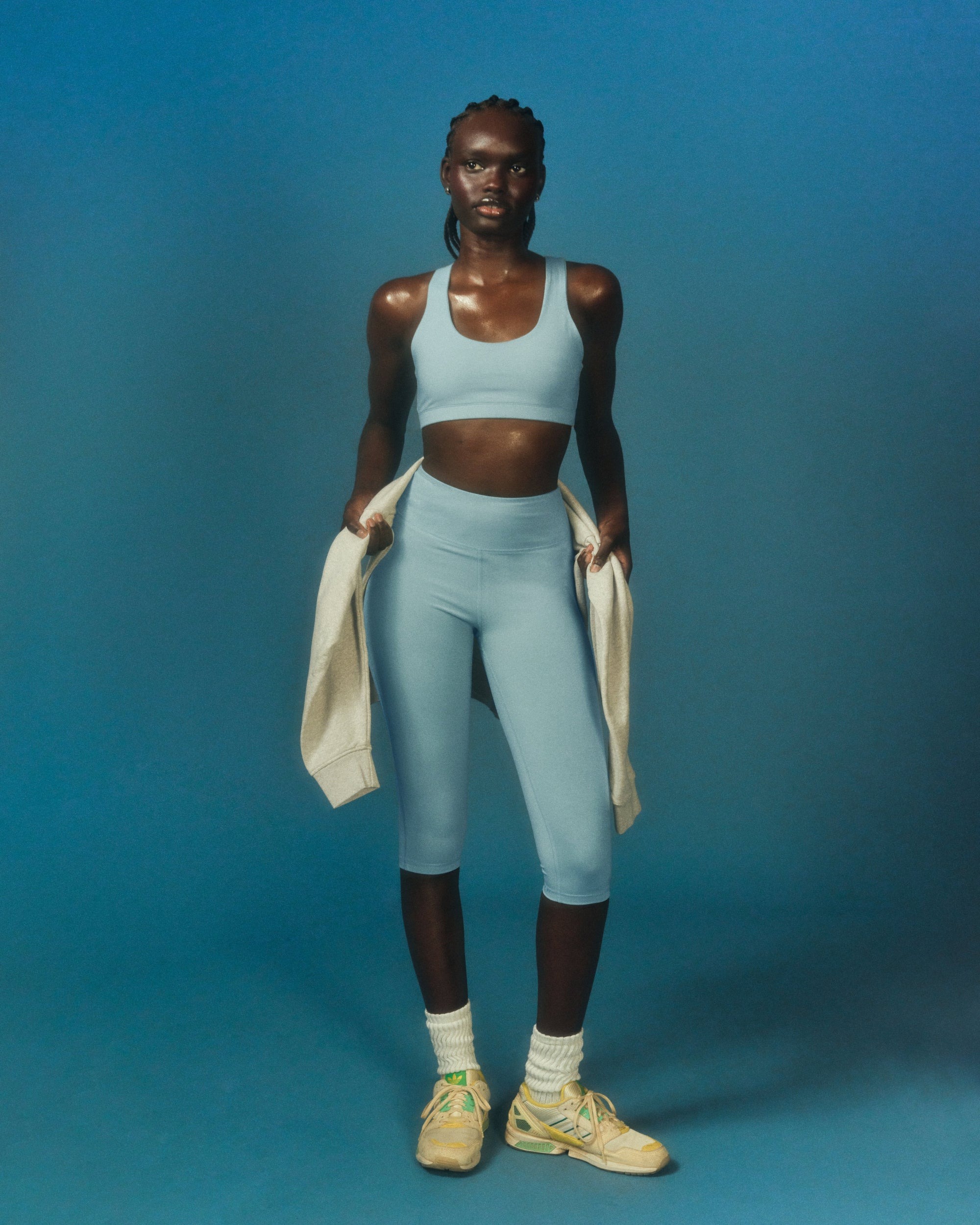
(Image credit: Mate The Label)
Nonetheless, Carr remains optimistic about the future of non-toxic activewear. “I think we will continue to see more and more research being done,” she says. “I am hopeful that the industry will continue to innovate and find solutions. And, that consumers will see the need for non-toxic clothing as the next best step after switching to cleaner food, beauty, and household products."
